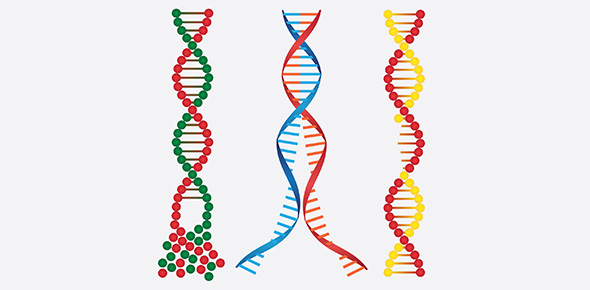Related Flashcards
Related Topics
Cards In This Set
| Front | Back |
|
What's the difference between hypertonic, isotonic, and hypotonic solutions?
|
Hypertonic=higher solution outside, fluid leaves cell and it crinkles (crenulates); isotonic=equal; hypotonic=higher solution inside, fluid rushes into cell and it lyses (bursts)
|
|
Why is water so important for life?
|
1) It decreases in density when it becomes a solid, which is important because if not, ice would sink and eventually the entire Earth would be frozen, 2) Everything is soluble in water, 3) Water molecules bend enzymes so they can catalyze reactions
|
|
What is hydrogen bonding?
|
When a hydrogen atom bonds with another atom. Hydrogen bonds are usually pretty weak, but when there are multiple H-bonds (like in water), they are very strong due to the polarity.
|
|
What are the 3 basic parts to the cell theory, and who first coined the term cell?
|
1) All living things are made of cells, 2) Cells come from pre-existing cells through division, and 3) Cells are made of similar molecules with similar characteristics and biochemistry. Robert Hooke gave them their name.
|
|
What did Robert Brown do?
|
Brown was the first to observe the nucleus.
|
|
What did Galileo do?
|
Galileo was probably the first to observe cells.
|
|
What did Anton van Leeuwenhoek do?
|
He was the first to observe cells in teeth scrapings and described them, though he didn't give them a name
|
|
Define organelle and name the major ones.
|
Any specialized structure within the cell (the organs of the cell). These include: the cell membrane, cell wall, cytoplasm, nucleus, rough/smooth ER, golgi apparatus, lysosomes, vacuole, chloroplasts, mitochondria, cytoskeleton, centriole, cilia, and flagella.
|
|
What organelles are in plant cells exclusively? What organelles are in animals cells exclusively?
|
Plant cells have a cell wall, vacuole, and chloroplasts. Animals cells have lysosomes, centrioles, and a flagella or cilia.
|
|
Do bacterial cells (prokaryotes) have organelles?
|
Yes, but they don't have membrane bound organelles such as the nucleus.
|
|
Are these cells prokaryotes or eukaryotes: plant cells, bacterial cells, animal cells.
|
Plant and animal cells are eukaryotic, while bacterial cells are prokaryotic
|
|
Why are cells so small? How does the SA:V ratio relate to this?
|
There's an upper limit on how big a cell can be because there must be a high ratio of SA to volume. If not, the cell won't have enough SA to perform enough diffusion of nutrients through the membrane. Also, the cell will be too big to transport materials throughout the entire cell.
|
|
How is mitosis different from meiosis?
|
1) Mitosis produces 2 cells, while meiosis produces 4, 2) mitosis occurs everywhere in the cell, while meiosis only occurs in the gonads, and 3) mitosis is used for growth, development, and repair, and meiosis is used to produce sex cells.
|
|
How is total magnification found in a light microscope?
|
Multiply the objective lens power by the ocular lens power.
|
|
Metazoan
|
A metazoan is a multicellular animal. They are part of the opisthokont lineage, which are said to evolve from choanoflagellates. The colonial flagellate hypothesis is that we all evolved from flagellate protists that began to specialize and became what resembles a modern animal's blastula.
|






